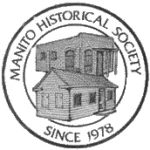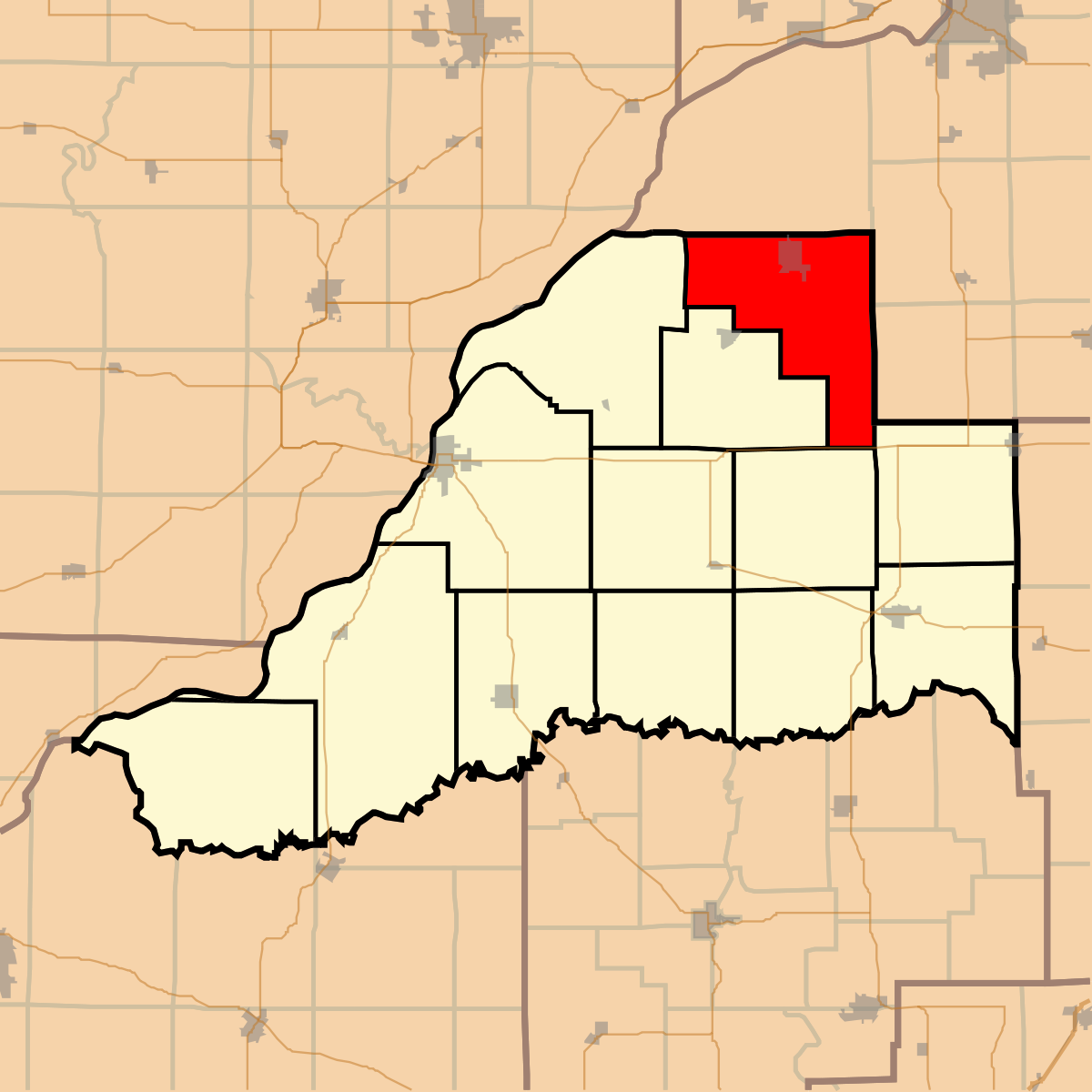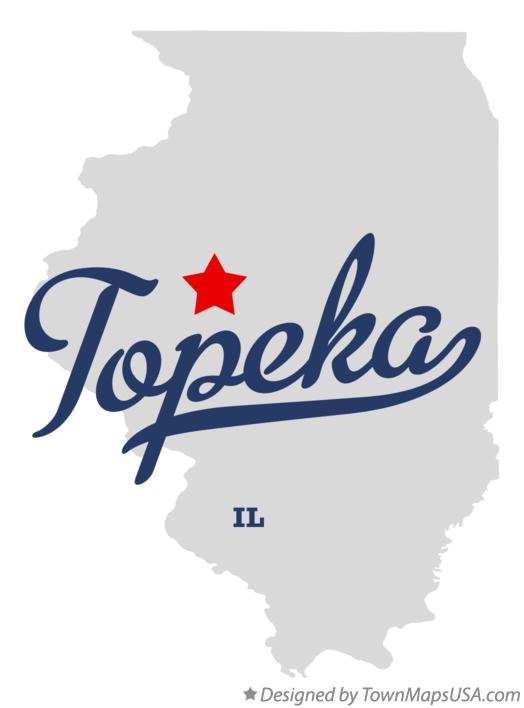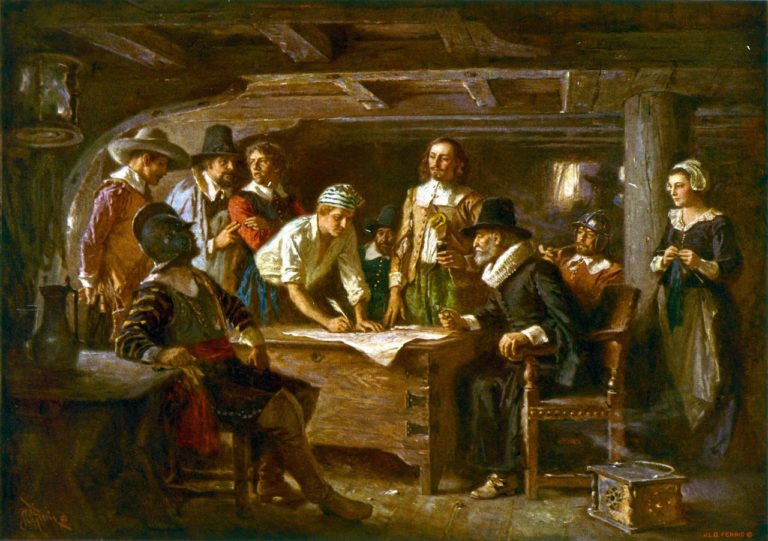Manito Township History
The information below comes from a book entitled, “The History of Menard and Mason Counties, Illinois” The book has an unnamed author and covers the years from about 1834-1880. I hope you enjoy this information and let others know that it is out there. Thanks – Tom
MANITO TOWNSHIP HISTORY
He who attempts to present with unvarying accuracy the annals of a country or even of a district no larger than a township, the history of which reaches back through a period of more than a quarter of a century, imposes upon himself a task beset with difficulties on every hand. These difficulties are often augmented by statements widely at variance, furnished by early settlers and
their descendants as data from which to compile a true and faithful record of past events. To claim for a work of this character perfect freedom from the slightest inaccuracies would be simply to arrogate to one’s self that degree of wisdom which alone resides in the councils of the omniscient I Am. If, therefore, kind reader, the time and place of recorded events may not, in every particular, agree with your individual opinion, please bear in mind we will ever incline to those statements which seem supported by the greater weight of testimony. To give FACTS, and facts only, should be the highest aim and ambition of every writer who professes to deal with incidents of the past. This shall be our goal, this our guiding-star. How well the task shall be performed, we submit to the judgment of a discriminating public.
The township of Manito is situated in the northeast corner of Mason County, and comprises within its present limits a little more than forty-five sections. It is somewhat irregular in shape, being eight miles in extent along its northern boundary line, by nine miles north and south along its eastern boundary line. The extreme west line of the township is but four miles in extent from north to south. With the exception of two or three small groves in the north and northwestern portions of the township, the entire area of Manito Township is prairie. The central, eastern and southeastern portions are somewhat flat, yet for the most part easily susceptible of drainage. When the first settlers came, much of these portions were denominated swamp-lands, but these, by artificial drainage, have been converted into the most productive farms within her limits. And where once wild geese and ducks in countless numbers swam lazily about amidst the rank-growing rushes or floated calmly and undisturbed upon the stagnant waters, may now be seen finely cultivated fields teeming with the fast-ripening harvest. The soil in this portion of the township is of a deep black loam, freely intermixed with sand, but is exceedingly fertile and productive. Indeed, such a vast amount of corn, oats, rye and wheat is annually produced in this portion of Manito and those adjacent to it, that the citizens have for many years recognized the propriety of designating it as their Egypt. Corn, however, is the staple product of this, as well as most other portions of the county.
No tortuous stream courses its way through the township. Water, however, is easily obtained even in the highest portions at a depth of from twenty to thirty feet. A hollow, pointed iron tube, one and one-half inches in diameter, with slottings near the point for the admission of water, is driven to the required depth below the surface, and, when once a vein is tapped, an inexhaustible supply is afforded. In this manner, a ”drove-well” thirty feet deep can be begun and completed in a few hours’ time. The northwestern and western portions of the township varies in its surface configurations from that which we have described. The soil is of a somewhat different character, the lighter colored and more argillaceous subsoil appearing at or near the surface. The surface is a plane of higher elevation and is somewhat broken and hilly. It is, however, quite productive and yields fine crops of corn. One peculiar characteristic of the soil is that it can withstand excessive drought or long continued wet weather better than that portion known as Egypt. The greatest drawback to this section is its lack of pasturage and meadow lands. Farmers are necessitated to feed their stock throughout the entire year and to procure their hay from a distance, varying from twelve to fifteen miles. In position, this township lies north of Forest City Township, east of Quiver Township, south and west of Tazewell County. Passing from the topography of the township, we enter at once upon that period of its history pertaining to its
EARLY SETTLEMENT
As has already been stated, the timbered area of Manito Township was of limited extent. Black Oak Grove in the northeast, Coon Grove on Sections 31 and 32, together with the outskirts of Long Point Timber on the extreme western boundary, comprise the timbered district, with the exception of a small grove on Section 30, not exceeding six acres in extent, called Walnut Grove,
from the character of the timber found there. And as in other portions of our Western country, the earliest settlements and improvements are found in and along the outskirts of the timber, so, likewise, the earliest settlements were made here in the groves of this township. No matter how unproductive the soil along the timber line, nor how rich and fertile the broad acres of outstretching prairie might be a few miles away, the early pioneer built his rude log cabin near the timber and began the work of opening up his farm, leaving for those who should succeed him after the lapse of a decade or more of years, the most productive and finest farming lands in all his section of territory.
Among the earliest, if not the earliest settler of the township, was one William Herron, who settled as early as 1838 or 1839, just east of the present village of Manito, on the farm now owned by John Woodworth. He had emigrated from Ohio to Mackinaw, Tazewell County, some years earlier, and from Mackinaw to Mason County, and settled in the edge of Black Oak Grove, as before stated. A maiden sister kept his house for him. He lived the life of a bachelor and, dying, was buried on the farm on which he settled, few, if any now living, can point out the exact spot where repose the mortal remains of Manito’s earliest settler. To him may be applied most fittingly the words of the poet
“Not in the churchyard’s hallowed ground,
Where marble columns rise around,
By willow or by cypress shade,
Are thy poor mortal relics laid. Thou sleepest here, all, all alone No other grave is near thine own.
‘Tis well, ’tis well, but oh, such fate Seems very, very desolate.”
At or near the same time came Stephen W. Porter, accompanied by his wife, and settled near the edge of the pond now included within the corporate limits of the village of Manito. Porter was a nephew of Herron’s, and came here from Mackinaw. He continued to live in this section of the county up to the date of his demise. A man by the name of Ray came from New York and settled in Coon Grove, or rather between Coon Grove and Long Point timber, on the farm now owned by W. H. Cogdell, as early as 1840. He built a log cabin and was the third permanent settler in the township. Soon after coming, he planted a quantity of apple-seeds, and from the seedlings thus raised put out the first apple orchard made in this section of the county. The line of the P., P. & J. R. R. passes through this orchard a short distance northeast of Forest City. There yet remain a few of the trees planted by the hands of the early settler nearly forty years ago. After a few years’ residence, he sold out his possessions and started back to the Empire State, but sickened and died on the way. As an evidence that labor was cheap and money scarce with the early settlers, it may be stated that the making of rails could be contracted for two bits or 25 cents per hundred, and the pay was taken in meat at 12 cents per pound, two pounds paying for the labor of making one hundred rails.
Of settlers in the township as early as 1845. the following names occur: Abel Maloney, Layton Rice, George Baxter, John Davis, King Hibbard, James Green, Thomas Landreth, Zeno Ashmon, William Mayes, Douglas Osborne, Alexander and Wesley Brisbaur. Maloney came originally from the Old Dominion and settled in Menard in 1838. In 1841, he came to Manito Township and settled in Coon Grove near the location of Union Station, on the P., P. & J. R. R. He was in poor circumstances when he came, but accu- mulated means rapidly and was considered wealthy at the time of his death, which event occurred in 1849. His son William and his daughter, Mrs. Robert M. Cox, at present reside in the village of Manito. Rice came from Kentucky and first settled in Menard, but, in 1842, came to Coon Grove and began the improvement of a farm. George Baxter was from Kentucky, and ” squatted” in the edge of Long Point timber as early as 1843. He was somewhat noted among the early settlers but not by any means popular, as his preconceived notions of the eternal fitness of all things had led him to form a matrimonial alliance with one of Kentucky’s ebon daughters, whom he made the sharer of his sorrows and the doubler of his joys. He had come to this great and growing State, where he might enjoy the society of his loved companion and the comforts of his home unmolested, where, figuratively speaking, he might worship beneath his own vine and fig tree, but soon it seems the red hand of persecution was raised against him.
Robert Green entered him out in 1845, and he next located west of Simmond’s Mills, in Quiver Township. Green followed him up, and, a few years later, he moved with his fair bride to the State of Missouri, and was seen no more in this goodly land. The year 1843 brought into the settlement Davis, Hibbard and Green. Davis was from Virginia, and had first settled in Menard before coming to Mason County. He settled the farm now known as the Randolph farm, and had, at the date of his settlement, a family of four girls and three boys. He is remembered among the old settlers as the man who never was seen wearing a pair of gloves or mittens. No matter how inclement the weather, his labor was always performed bare-handed. Hibbard came from Mackinaw, and set- tled at the north end of Black Oak Grove. After a residence of a few years, lie sold out, purchased three yoke of oxen from Thomas Landreth and started by the overland route for Oregon. As he was never heard of afterward, it is presumed that both he and his family fell victims to the unerring rifle or tomahawk of the noble red man of the forest. James Green came from Menard County to Coon Grove, but, a few years later, returned to his former residence. 
About the same date, Indiana furnished to the population Zeno Ashmore and a brother named Calvin, the latter popularly known far and wide as “Jefunky.” The Ashmores are represented as being rather shiftless in their dispositions. Zeno settled and lived for a time on what is known as the McHarry place, a part of which is included in the present limits of the village of Manito. “Jefunky” lived around promiscuously for a number of years and finally located in Washington, Tazewell County, where he died some eight or ten years ago. Thomas Landreth came from Virginia and settled at Mackinaw, Tazewell County, as early as 1824 or 1825. In 1844, he came to Coon Grove to Mason County, where for $200 he purchased the claim of Layton Rice. Rice returned to Menard County, and now resides not far from Mason City. Landreth became a permanent settler, remaining until his decease. At the date of his coming, he had a family of six children. He was twice married and was the father of twenty-two children. His son, John S. Landreth, is now a citizen of Manito Village. William Mayes and Douglas Osborne were from Kentucky, and the Brisbaurs from Mackinaw. These came in during the year 1845. Mayes was familiarly known as “Hame-Legs” Mayes, a name applied to him on account of his excessive bowleggedness. Of the Brisbaurs,it may be stated that in quite an early day, Alexander removed to Texas and Wesley to Oregon. While this portion of the county did not rapidly increase in population till some years later, nevertheless there was annually a steady, healthy increase.




